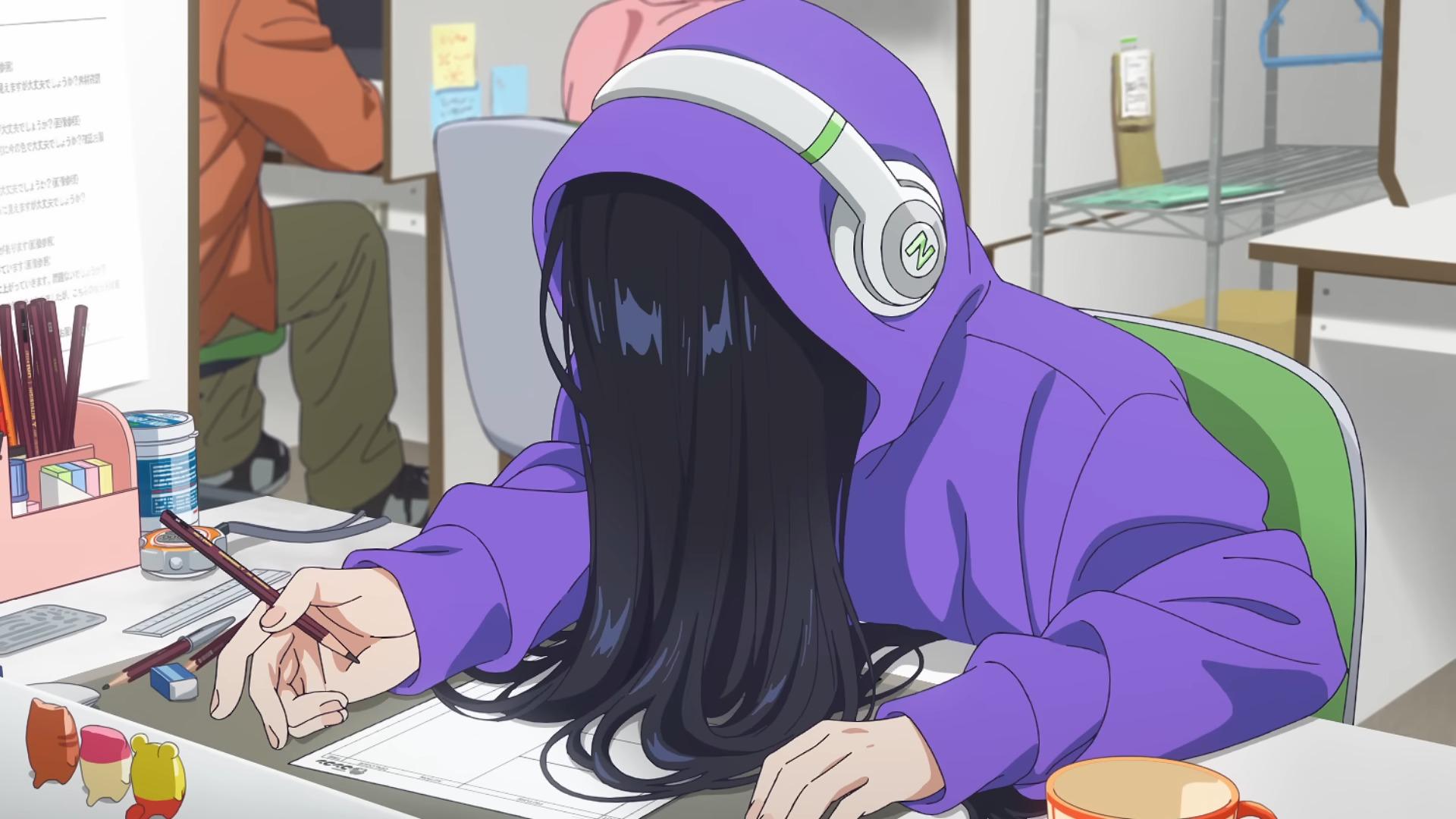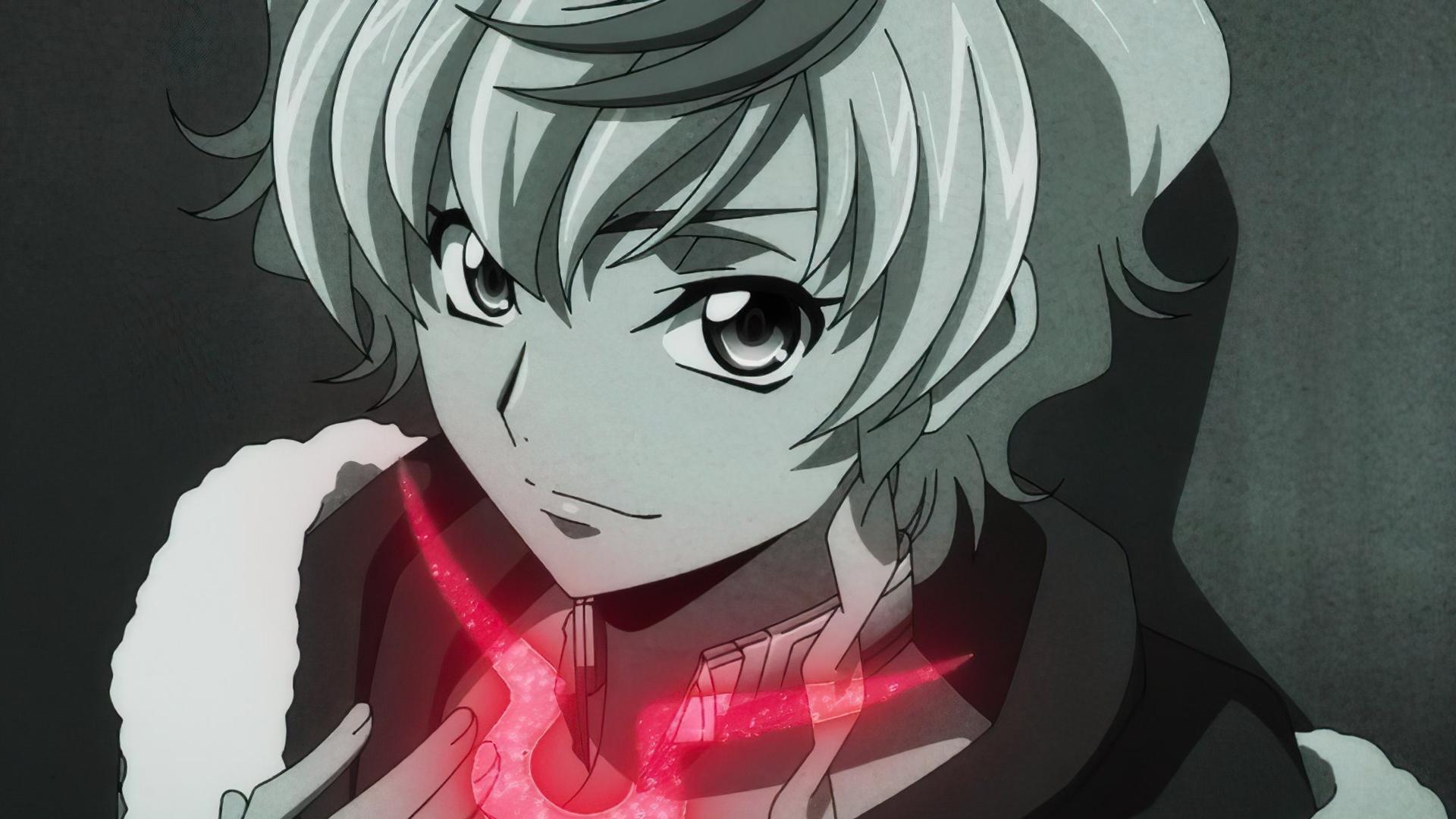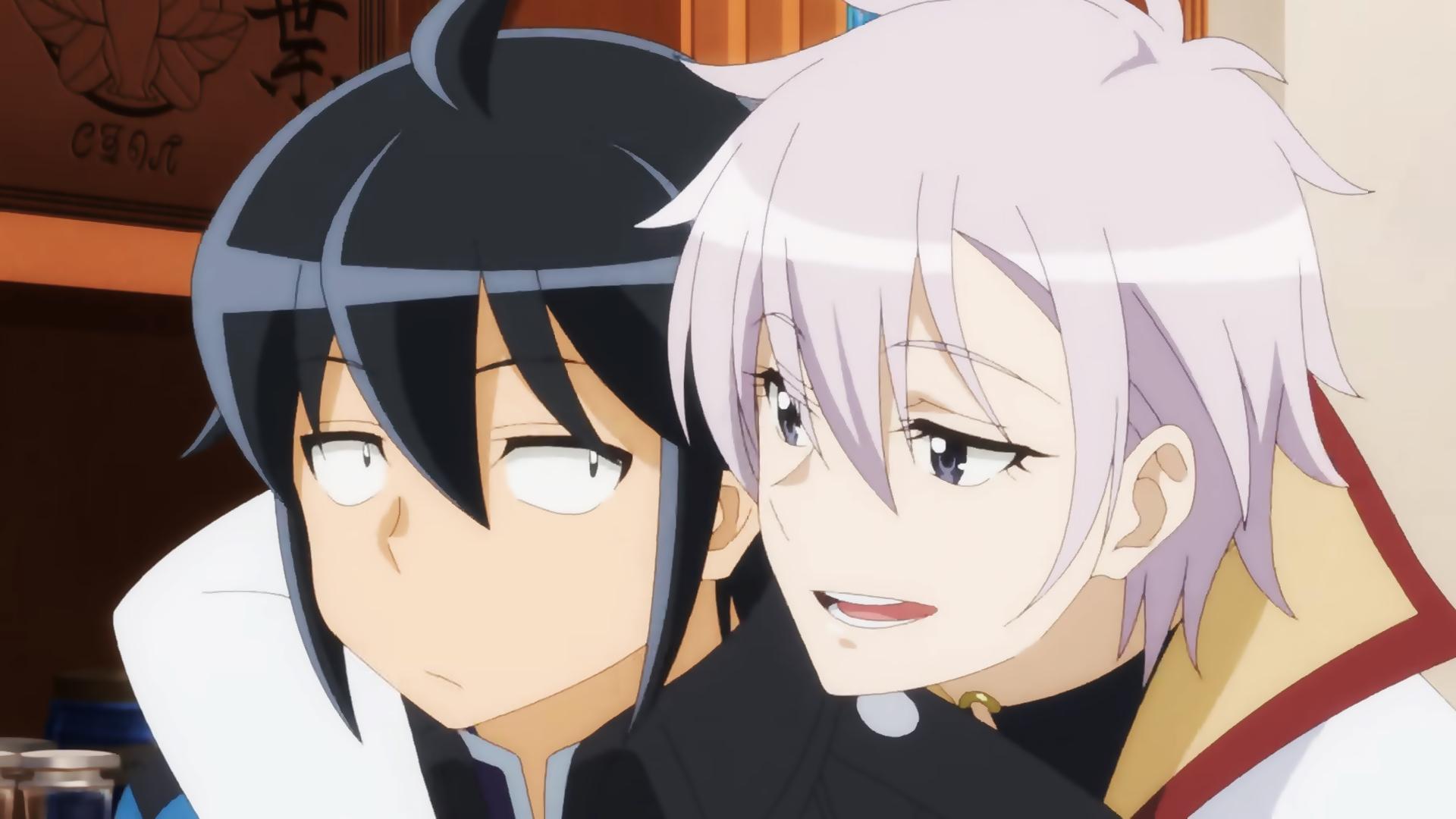We all know that mangaka work is very difficult. Although a fictionalized version of the Bakuman manga by Ohba and Obata, completed in 2012, had shown how long it took to write a single chapter to be published in Weekly Shonen Jump. The confirmation can then be found in the statements of various authors, such as that of Kishimoto from Naruto.
Masashi Kishimoto has now gone down in history as the author of one of the most successful manga of all time, which he worked on from 1999 to 2014, not to mention spin-offs, sequels, and side projects that still keep him working on this world. The Mangaka drew and wrote Naruto weekly, but do you know what his work routine was?
In an old Jump Ryu interview in 2016, Kishimoto revealed how much time he spent with Naruto each week. There was two main routines, one related to writing the chapter and drawing the storyboard and the other focused on drawing, much more strenuous. In the days when he was working on the storyboard, this is how he lived:
- He worked from 10 p.m. to 3 a.m.
- From 3 to 9 he slept;
- From 9 to 13 he looked for information and material;
- From 1 p.m. to 3 p.m. lunch plus cleaning;
- He worked from 15 to 20;
- He ate and took a bath from 8:00 p.m. to 10:00 p.m.
So the 58.3% of the time was spent working and only 25% sleeping. Instead, the times were even closer when it was time to deal with the final manuscript, then drawing and ink:
- He worked from 24 to 6;
- From 6 to 9 he slept;
- From 9 to 13 he worked;
- From 13 to 14 he ate lunch;
- He worked from 14 to 23;
- He ate and bathed from 11 p.m. to midnight.
In this case, The working time is almost 80%, with only three hours of sleep. This routine lasted Monday through Saturday and sometimes even Sunday if necessary. Other authors have similar, if not more inhuman, work schedules to that of Eiichiro Oda.






